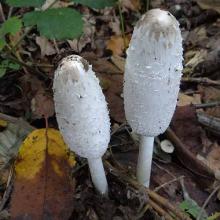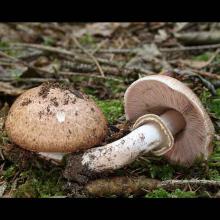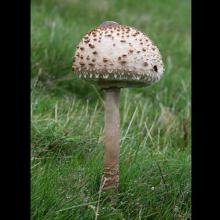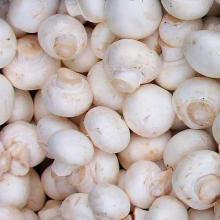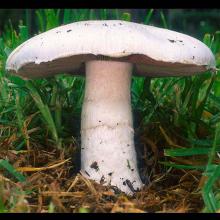Coprinus comatus
Common name:
Shaggy ink cap
Genus
Coprinus
Family:
Agaricaceae
Order:
Agaricales
Agaricus silvaticus
Common name:
Scaly wood mushroom
Genus
Agaricus
Family:
Agaricaceae
Order:
Agaricales
Macrolepiota procera
Common name:
Parasol mushroom
Genus
Macrolepiota
Family:
Agaricaceae
Order:
Agaricales
Agaricus bisporus
Common name:
White mushroom
Genus
Agaricus
Family:
Agaricaceae
Order:
Agaricales
Agaricus campestris
Common name:
Field mushroom
Genus
Agaricus
Family:
Agaricaceae
Order:
Agaricales
Coprinus comatus
Common name:
Shaggy ink cap
Genus
Coprinus
Family:
Agaricaceae
Order:
Agaricales
Agaricus silvaticus
Common name:
Scaly wood mushroom
Genus
Agaricus
Family:
Agaricaceae
Order:
Agaricales
Macrolepiota procera
Common name:
Parasol mushroom
Genus
Macrolepiota
Family:
Agaricaceae
Order:
Agaricales
Agaricus bisporus
Common name:
White mushroom
Genus
Agaricus
Family:
Agaricaceae
Order:
Agaricales
Agaricus campestris
Common name:
Field mushroom
Genus
Agaricus
Family:
Agaricaceae
Order:
Agaricales
Lycoperdon perlatum
Common name:
Common puffball
Genus
Lycoperdon
Family:
Agaricaceae
Order:
Agaricales
Coprinus comatus
Common name:
Shaggy ink cap
Genus
Coprinus
Family:
Agaricaceae
Order:
Agaricales
Agaricus silvaticus
Common name:
Scaly wood mushroom
Genus
Agaricus
Family:
Agaricaceae
Order:
Agaricales
Macrolepiota procera
Common name:
Parasol mushroom
Genus
Macrolepiota
Family:
Agaricaceae
Order:
Agaricales
Agaricus bisporus
Common name:
White mushroom
Genus
Agaricus
Family:
Agaricaceae
Order:
Agaricales
Agaricus campestris
Common name:
Field mushroom
Genus
Agaricus
Family:
Agaricaceae
Order:
Agaricales
Lycoperdon perlatum
Common name:
Common puffball
Genus
Lycoperdon
Family:
Agaricaceae
Order:
Agaricales
Family (Fungi): Agaricaceae
The Agaricaceae are a family of basidiomycete fungi and include the genus Agaricus, as well as basidiomycetes previously classified in the families Tulostomataceae, Lepiotaceae, and Lycoperdaceae.
Description
Agaricaceae species use a wide variety of fruit body morphology. Although the pileate form (i.e., with a cap and stipe) is predominant, gasteroid and secotioid forms are known. In pileate species, the gills are typically thin, and free from attachment to the stipe. Caps are scurfy to smooth, and range from roughly flat to umbonate. They typically have a centrally attached stipe and a membrane-like partial veil. The species formerly classified in the family Lycoperdaceae are also known as the "true puffballs". Their fruiting bodies are round and are composed of a tough skin surrounding a mass of spores. When they mature, the skin splits open and they release their spores.
The spore print color of Agaricaceae species is highly variable, ranging from white to greenish to ochraceous to pink or sepia; rusty-brown or cinnamon brown colors are absent. Microscopically, the spore surface ranges from smooth to ornamented, and the presence of a germ pore is variable. Amyloidity (i.e. sensitivity to staining in Melzer's reagent) is also variable. The basidia (spore-bearing cells) are usually small, four-spored, and may have interspersed cystidia.
Economic significance
The genus Agaricus includes some species that are cultivated commercially throughout the world. The common "button mushroom", Agaricus bisporus, is the most widely cultivated edible mushroom. Agaricus blazei is a well-known medicinal mushroom used for a number of therapeutic and medicinal purposes. Several species are poisonous, such as some Lepiota, Agaricus sect. Xanthodermatei and Chlorophyllum species.
Reference: Agaricaceae

